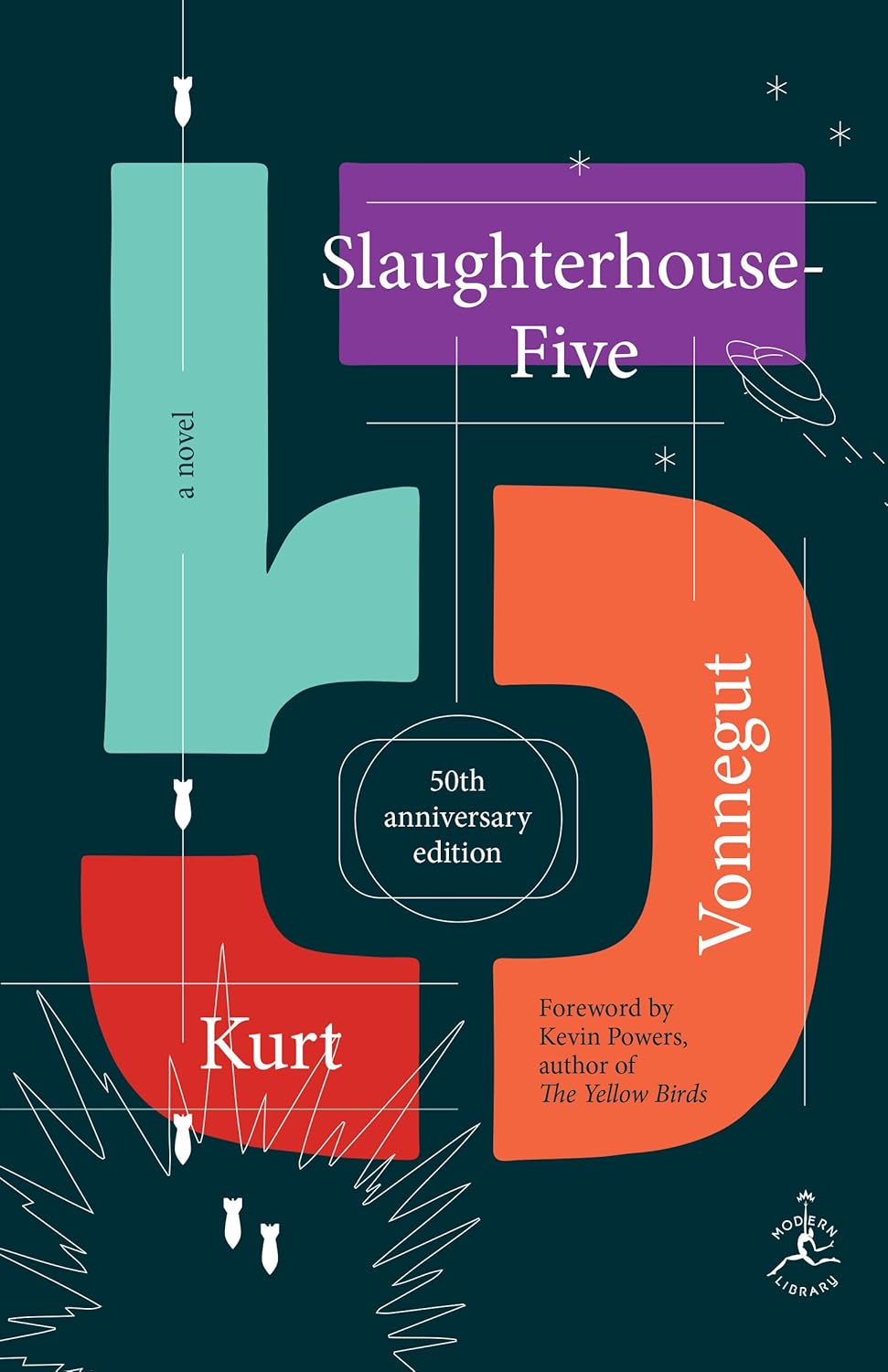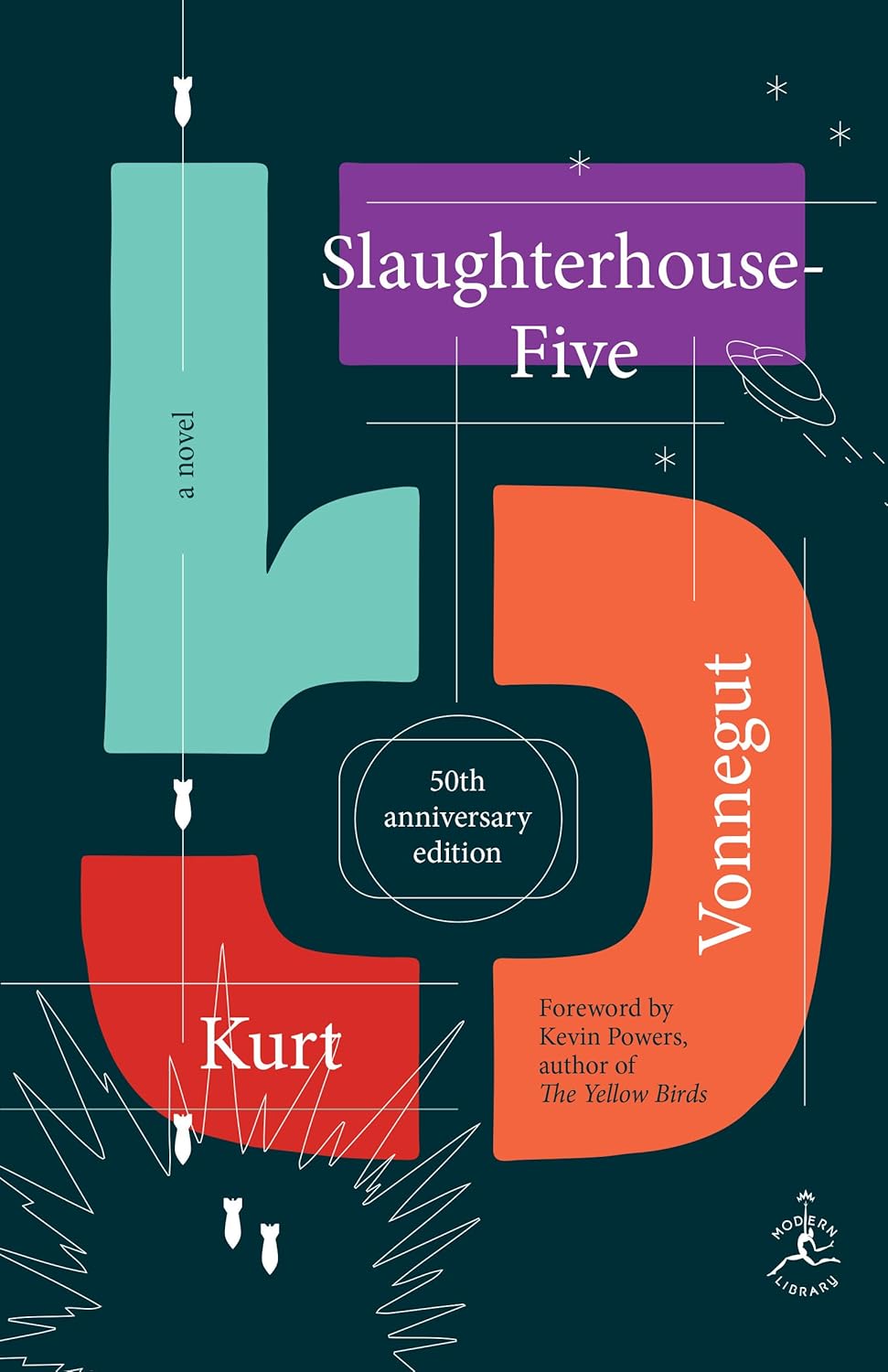I recently finished Kurt Vonnegut’s timeless classic, Slaughterhouse-Five, and wow, what a whirlwind that was! As someone who enjoys blending genres—particularly historical fiction and science fiction—I was drawn to this novel for its unique structure and its exploration of the horrors of war. The blend of autobiography, satire, and sci-fi made it an irresistible read, and I was curious to see how Vonnegut’s reflections on World War II would resonate in today’s context.
The novel centers on Billy Pilgrim, a character who becomes a prisoner of war during the bombing of Dresden—one of the most devastating events of the 20th century. Through Billy’s experiences, including time travel and alien abduction, Vonnegut dives deep into the absurdities of war, the randomness of existence, and how we humans grapple with trauma.
One standout aspect of the book, as noted by readers like Boo Radley, is its absurd yet thought-provoking nature. Vonnegut masterfully crafts moments that simultaneously evoke laughter and sorrow, reflecting what War does to humanity. The style is punctuated by the iconic phrase, “So it goes,” which emphasizes the finality of death while also portraying a resigned acceptance of life’s chaotic nature. This was particularly striking to me and made it a delightful and challenging read at the same time.
Moreover, I found myself agreeing with Ryan Sean O’Reilly’s observation about the novel’s non-linear narrative. The plot jumps around in time, emulating a feeling of disorientation akin to that of PTSD. Although some may find this structure jarring, I thought it mirrored the protagonist’s mental state wonderfully and added depth to how we perceive time and trauma. The portrayal of the Tralfamadorians, who experience time differently, serves as a fascinating philosophical exploration into how we might find solace amid chaos.
However, while the narrative is generally engaging, there were moments where I felt the disjointedness became a bit too challenging. It might deter some readers who prefer a more linear storytelling approach. A few plot threads seemed to dangle without enough resolution, which could leave some readers feeling unsatisfied. Still, it seems this was a deliberate choice by Vonnegut to evoke the feelings of confusion experienced during both wartime and in life.
Readers also laud the book’s poignant imagery and passages that evoke a wide array of emotions—from the absurd to the heartbreaking. For example, moments depicting the ruins of Dresden are starkly picturesque and serve as a painful reminder of the human cost of conflict. The language is elegant yet straightforward, making the profound themes accessible while also enriching the reading experience.
Ultimately, Slaughterhouse-Five fulfilled my expectations as a thought-provoking piece of literature that blends genres and offers insight into the human condition—all while remaining engaging and, at times, darkly humorous. It is not just an anti-war novel; it is a reflection on the human experience itself, rife with failures and triumphs.
In conclusion, I highly recommend this book to anyone interested in a unique exploration of war’s impact on the human psyche, time, and existence. However, be prepared for a structure that challenges conventional storytelling. If you’re willing to dive into Vonnegut’s dizzying yet rewarding narrative, you’ll find a timeless classic that offers both depth and humor. Overall, I would rate Slaughterhouse-Five a solid 4.5 stars; it’s a masterpiece that has left its mark on both literature and my heart.
Discover the timeless madness and profound insights of Slaughterhouse-Five.
>>








